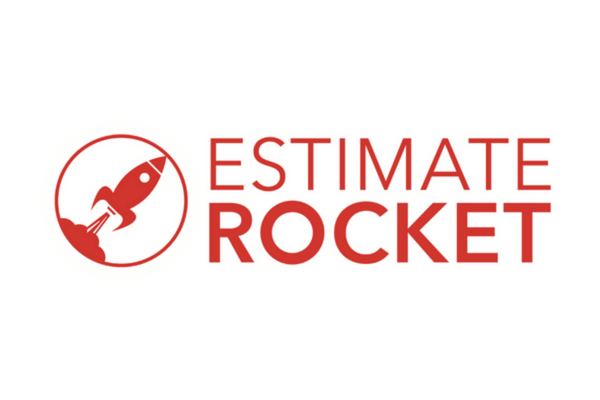PCA Articles

The Number One Mistake New Painting Contractors Make: Underpricing
In the world of painting contracting, a common pitfall awaits new entrants: underpricing. This critical issue not only hampers growth but directly impacts profitability. Having had the opportunity to examine the financials of numerous newcomers in the painting business, a recurring theme emerges: their profitability is compromised due to inadequate pricing strategies. So, what leads to this prevalent mistake, and more importantly, how can new painting contractors avoid falling into this trap?
Understanding the Root of Underpricing
Underpricing typically stems from a lack of understanding of the business’s financial fundamentals. New painting contractors, eager to enter the market and secure jobs, often set their prices without a clear grasp of the costs involved and the necessary margins required for a sustainable business. This approach leads to a cycle of low-profit jobs, which, while may keep the business busy, ultimately fails to contribute to financial health and growth.
The Simple Approach for Profitable Pricing
To counteract this issue, a simple yet effective approach is advised: charge double the job’s cost. This recommendation is grounded in a straightforward calculation aimed at ensuring profitability from the outset.
Here’s how it works:
- Calculate Your Direct Costs: Begin by summing up the direct labor costs (what you pay your painters) and the direct material costs (the cost of paint and supplies). These are your raw costs for completing a job.
- Apply a 100% Markup: Once you have your raw costs, the next step is to double them. This 100% markup on your costs is designed to set a pricing target that aims for a 50% gross profit margin on the job.
By following this method, painting contractors establish a foundation for a pricing strategy that not only covers costs but also ensures a healthy margin for profitability. It’s important to note that while this is a guideline, actual outcomes might vary slightly. However, starting with a target of a 50% gross profit provides a solid benchmark for financial success.
Why a 50% Gross Profit Margin?
Setting a target of a 50% gross profit margin might seem ambitious, but it’s a critical factor in building a sustainable business. This margin is not just about making profits; it’s about creating a buffer that allows the business to invest in growth opportunities, cover overhead expenses, and navigate the unpredictable nature of business costs. It ensures that after covering the direct costs of a job, the business retains enough revenue to contribute to its overall health and development.
Final Thoughts
The journey of a new painting contractor is filled with challenges, and navigating the financial aspects of the business is paramount. By recognizing the significance of adequately pricing their services, contractors can avoid the common trap of underpricing. Employing the simple approach of charging double the job’s cost lays a foundation for a profitable and sustainable business model. Remember, the goal is not just to secure jobs but to build a business that thrives and grows over time.
